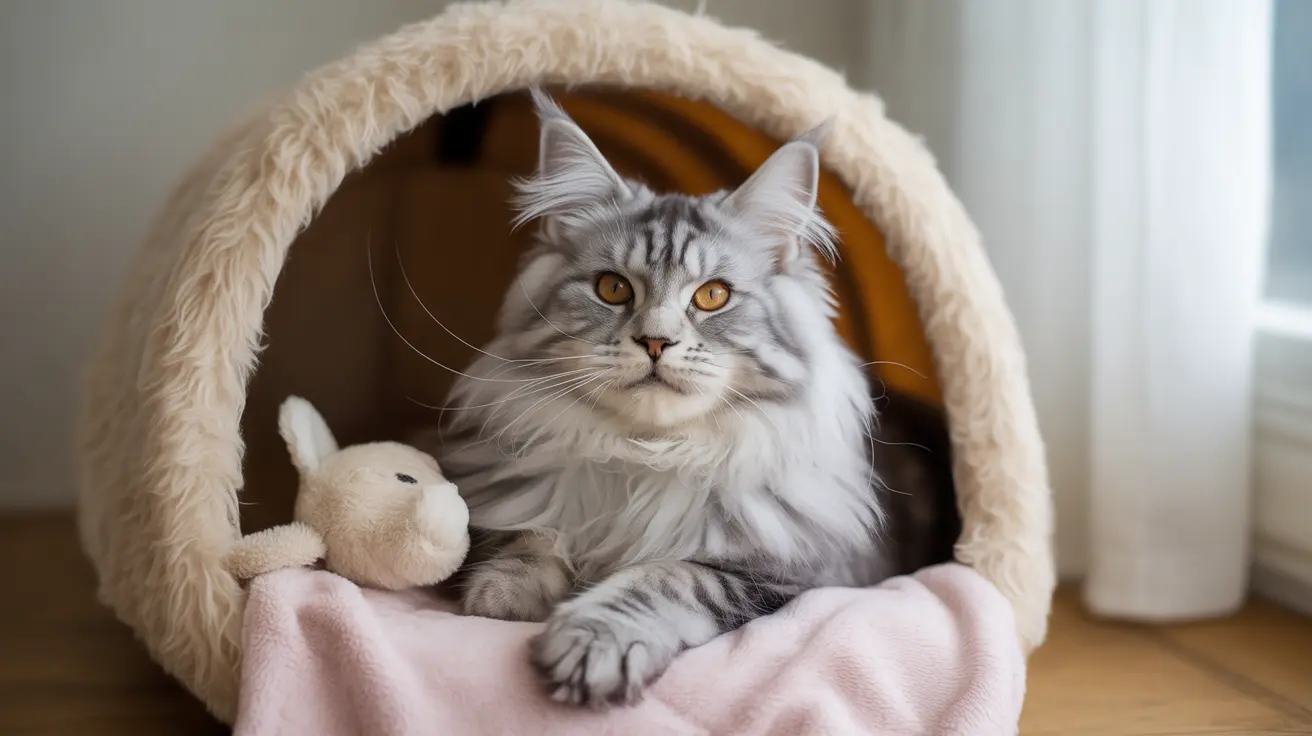The Science Behind Feline Travel Anxiety
Cats are creatures of habit who thrive on routine and familiar environments. Their nervous system is precisely tuned to detect changes in their surroundings, making car rides particularly challenging for several biological reasons:
Sensory Overload in Vehicles
A car's confined space amplifies every sound, smell, and movement for cats. The engine's rumble, traffic noise, and unfamiliar scents can overwhelm their sensitive senses, creating a deeply uncomfortable experience. Unlike dogs, cats haven't evolved to cope with these intense sensory inputs during travel.
Motion Sickness and Physical Discomfort
Many cats experience motion sickness due to their highly developed vestibular system. The conflicting signals between what they see and feel during car movement can trigger nausea, excessive drooling, and vomiting. This physical distress often compounds their emotional anxiety about car travel.
Psychological Factors Behind Car Ride Aversion
Negative Associations and Memory
Most cats only experience car rides when heading to potentially stressful destinations like the veterinarian or groomer. These negative associations create lasting memories that reinforce their aversion to car travel. Cats have excellent long-term memory, allowing them to recall and anticipate the discomfort associated with previous car journeys.
Loss of Control and Territory
Cats are territorial animals who feel safest within their familiar domain. Car rides force them to leave their secure environment, triggering stress responses related to loss of control and exposure to unknown territories. This displacement can be particularly distressing for indoor cats who rarely venture outside their home environment.
Making Car Rides More Manageable
Carrier Training and Preparation
Begin by making your cat's carrier a positive space at home. Leave it out with comfortable bedding and treats inside, allowing your cat to explore it freely. This helps reduce carrier-related anxiety before car travel even begins.
Gradual Desensitization
Start with short periods in a stationary car, rewarding your cat with treats and praise. Gradually progress to brief drives around the block, slowly building up to longer journeys. This systematic approach helps your cat develop more positive associations with car travel.
Creating a Comfortable Travel Environment
Use familiar bedding and toys in the carrier to provide comfort through scent. Consider using feline pheromone sprays to help reduce anxiety. Keep the car temperature comfortable and drive smoothly to minimize motion sickness.
Frequently Asked Questions
Why do cats hate car rides and how does past experience affect their reaction?
Cats hate car rides primarily due to sensory overload, motion sickness, and negative associations with previous travel experiences. Past unpleasant journeys create lasting memories that reinforce their aversion to car travel.
What are the common signs of motion sickness in cats during car travel?
Common signs include excessive drooling, vomiting, restlessness, vocalization, panting, and defecation. Some cats may also show signs of anxiety such as trembling or attempting to escape their carrier.
How can I help my cat get used to car rides and reduce their travel anxiety?
Gradually acclimate your cat to the carrier and car through positive reinforcement, short practice sessions, and comfort items from home. Consistency and patience are key to helping your cat develop better associations with car travel.
Are there safe medications or remedies to prevent motion sickness in cats?
Yes, veterinarians can prescribe anti-nausea medications or anti-anxiety treatments specifically formulated for cats. Always consult your vet before administering any medications, as human motion sickness remedies can be dangerous for cats.
What steps can I take to make car rides less stressful for my cat?
Create a calm environment with familiar bedding, use pheromone sprays, ensure proper ventilation, drive smoothly, and maintain a comfortable temperature. Regular positive exposure to the carrier and car can also help reduce stress over time.
Conclusion
While cats may never become enthusiastic car travelers, understanding the reasons behind their aversion can help us make necessary journeys more bearable. Through patience, preparation, and appropriate interventions, we can help our feline friends cope better with car travel when it's unavoidable.






